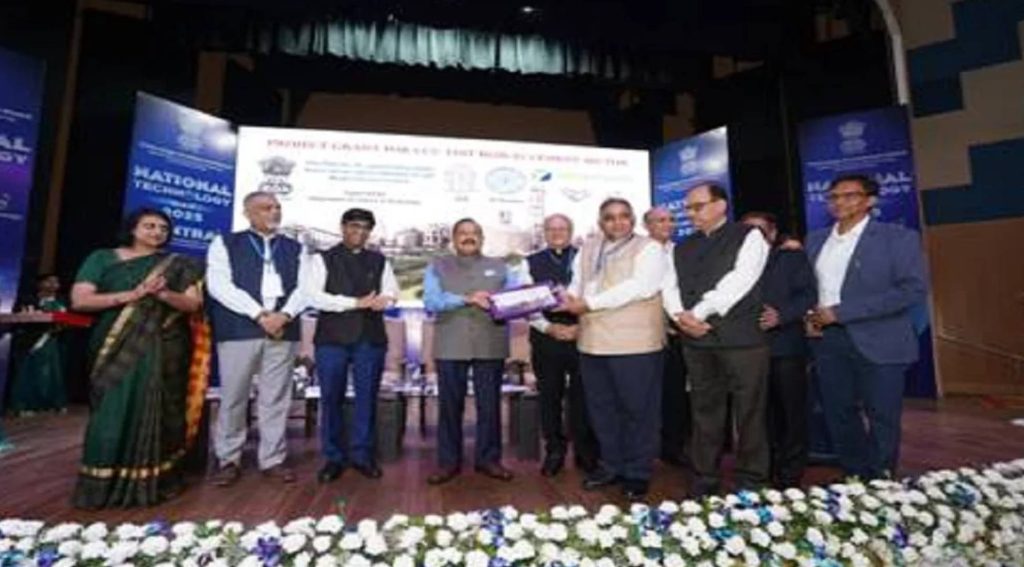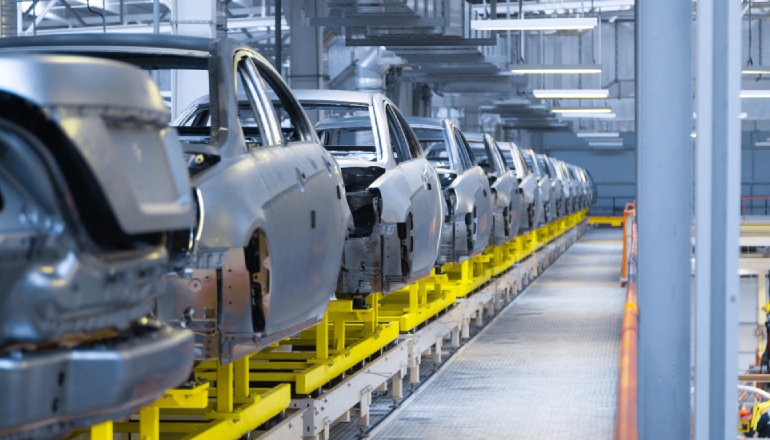India is establishing a cluster of carbon capture and utilization, or CCU, testbeds for the cement industry, aiming to develop and implement innovative technologies to reduce carbon emissions.
The Department of Science and Technology has established five carbon capture and utilization, or CCU, testbeds in the cement sector.
Collaboration and expected outcome:
The testbeds are a collaborative effort between academia and industry, showcasing various CCU methods like oxygen-enhanced calcination, carbon-negative mineralization, and vacuum swing adsorption
With an emphasis on creating a CO₂ capture + CO₂ utilization integrated unit in an industrial setting, this initiative seeks to create and implement an innovative CCU test bed in the cement industry using a cutting-edge public-private partnership (PPP) finance approach.
This innovative initiative aims to demonstrate decarbonization pathways in the cement sector, fostering confidence for stakeholders to adopt CCU technology for further scale-up and commercialization.
The implementation of CCU technology in the cement industry is intended to drastically lower the cost of green cement through ongoing research and innovation in test beds.
The objective is to combat industrial carbon emissions and achieve a carbon-neutral economy by 2070 as part of the country’s Climate Action initiative.
Five CCU Testbeds for Carbon-Lowering in Cement
| Testbed | Partners | Snapshot |
| 1 | Ballabhgarh, Haryana + JK Cement | Pilot plant to capture 2 tons of CO₂ per day using oxygen-enhanced calcination |
| 2 | IIT Kanpur + JSW Cement | Demonstrate carbon-negative mineralization, turning pollution into rock |
| 3 | IIT Bombay + Dalmia Cement | Develop a catalyst-driven CO₂ capture process at a cement plant |
| 4 | CSIR-IIP, IIT Tirupati, IISc + JSW Cement | Use the vacuum swing adsorption process to separate CO₂ from cement kiln gases |
| 5 | IIT Madras & BITS Pilani, Goa + Ultratech Cement | Focus on innovative carbon-lowering interventions |
Union Minister of State (Independent Charge) for Science and Technology and Earth Sciences and Minister of State for PMO, Department of Atomic Energy, Department of Space, Personnel, Public Grievances, and Pensions, Dr. Jitendra Singh, announced the 5 CCU Cement Testbeds and handed over grants to the teams in attendance of Secretary DST Prof. Abhay Karandikar, Secretary DBT Dr. Rajesh Gokhale, Dr. Ajai Choudhary, Co-Founder of HCL, Dr. Rajesh Pathak, Secretary of TDB, Dr. Anita Gupta, Head of CEST, DST, and Dr. Neelima Alam, Associate Head of DST.
Backdrop:
India’s cement industry, a crucial sector for the economy, is committed to aligning with national decarbonization goals due to its hard-to-abate nature.
New technologies are expected to significantly contribute to the decarbonization of the cement sector, thereby enabling the achievement of national net-zero targets.
In this regard, CCU is crucial in sectors like cement, steel, power, oil, natural gas, chemicals, and fertilizers to reduce emissions by converting carbon dioxide into value-added products.
CCU offers a viable path for hard-to-abate industries striving to decarbonize to reduce their carbon footprint and achieve net-zero goals while maintaining efficient operations.












